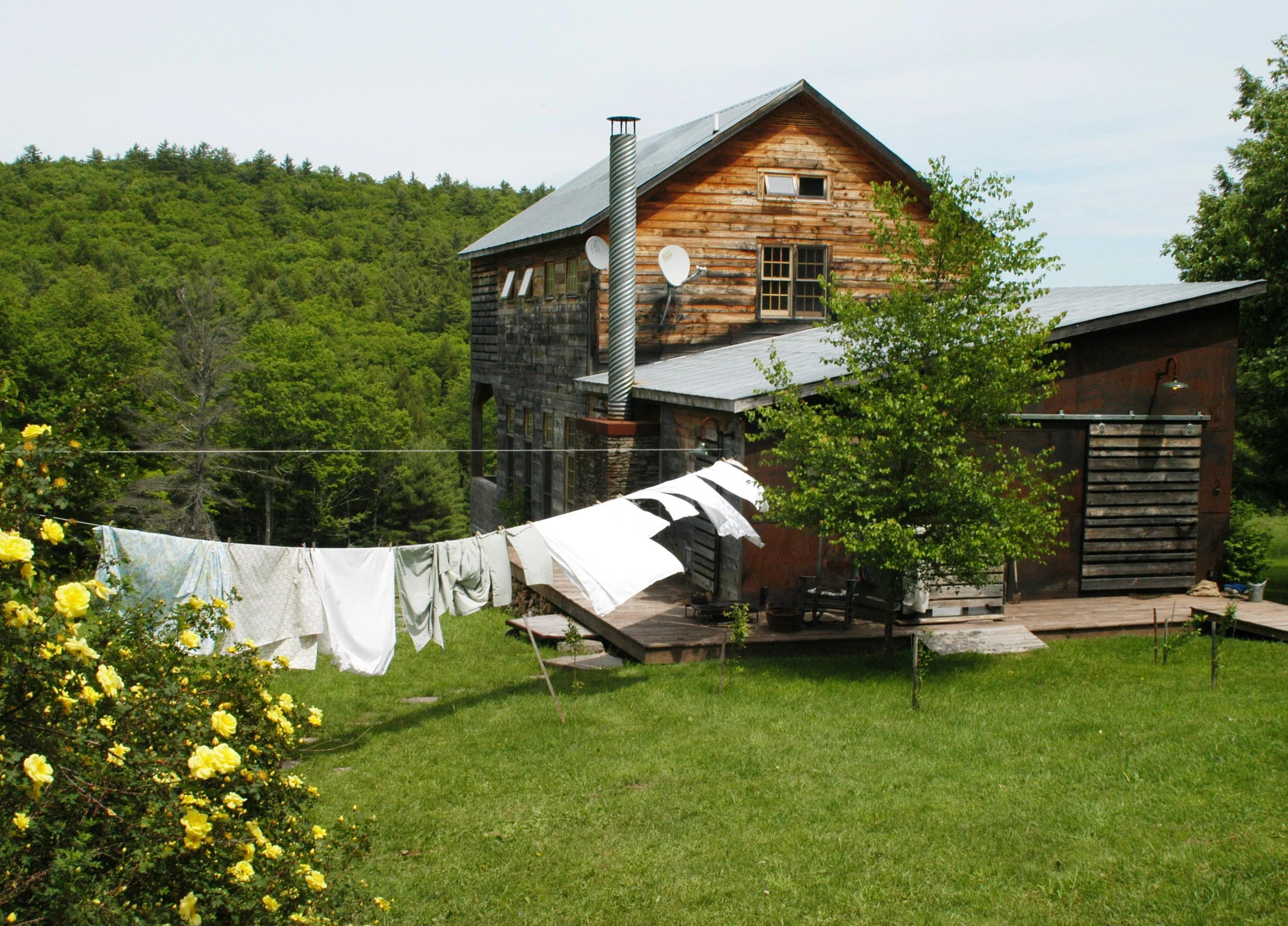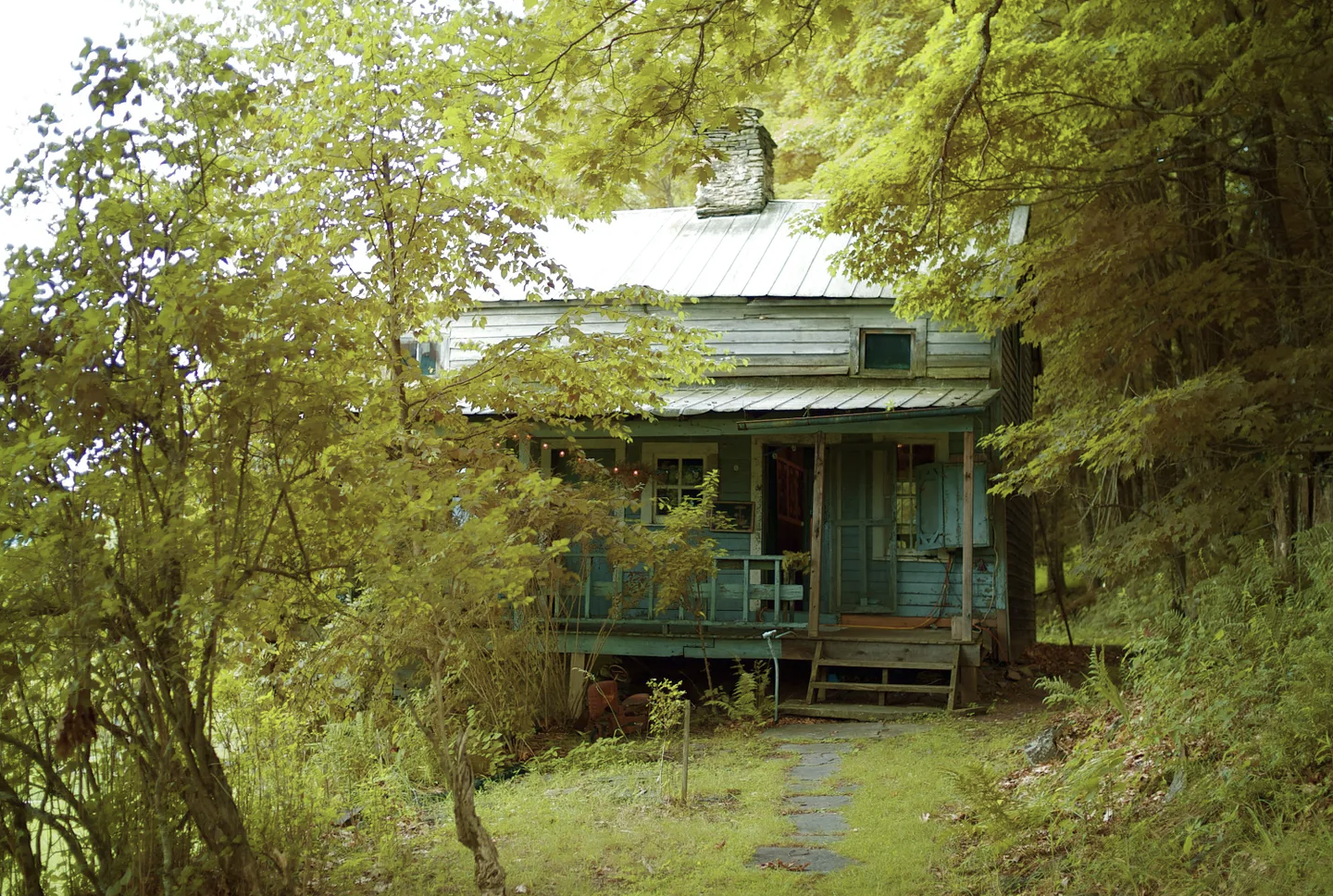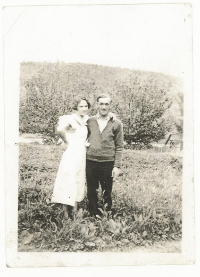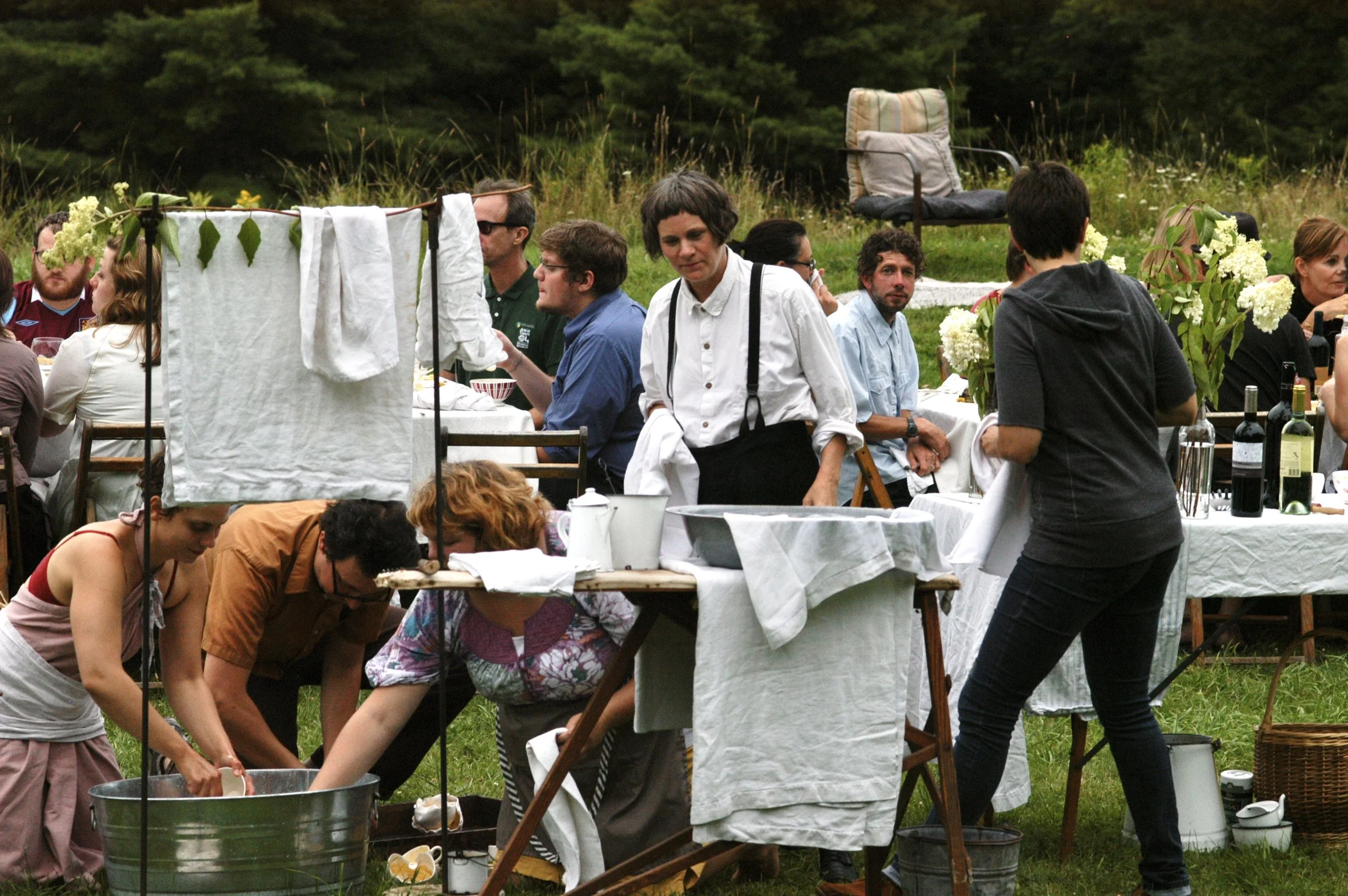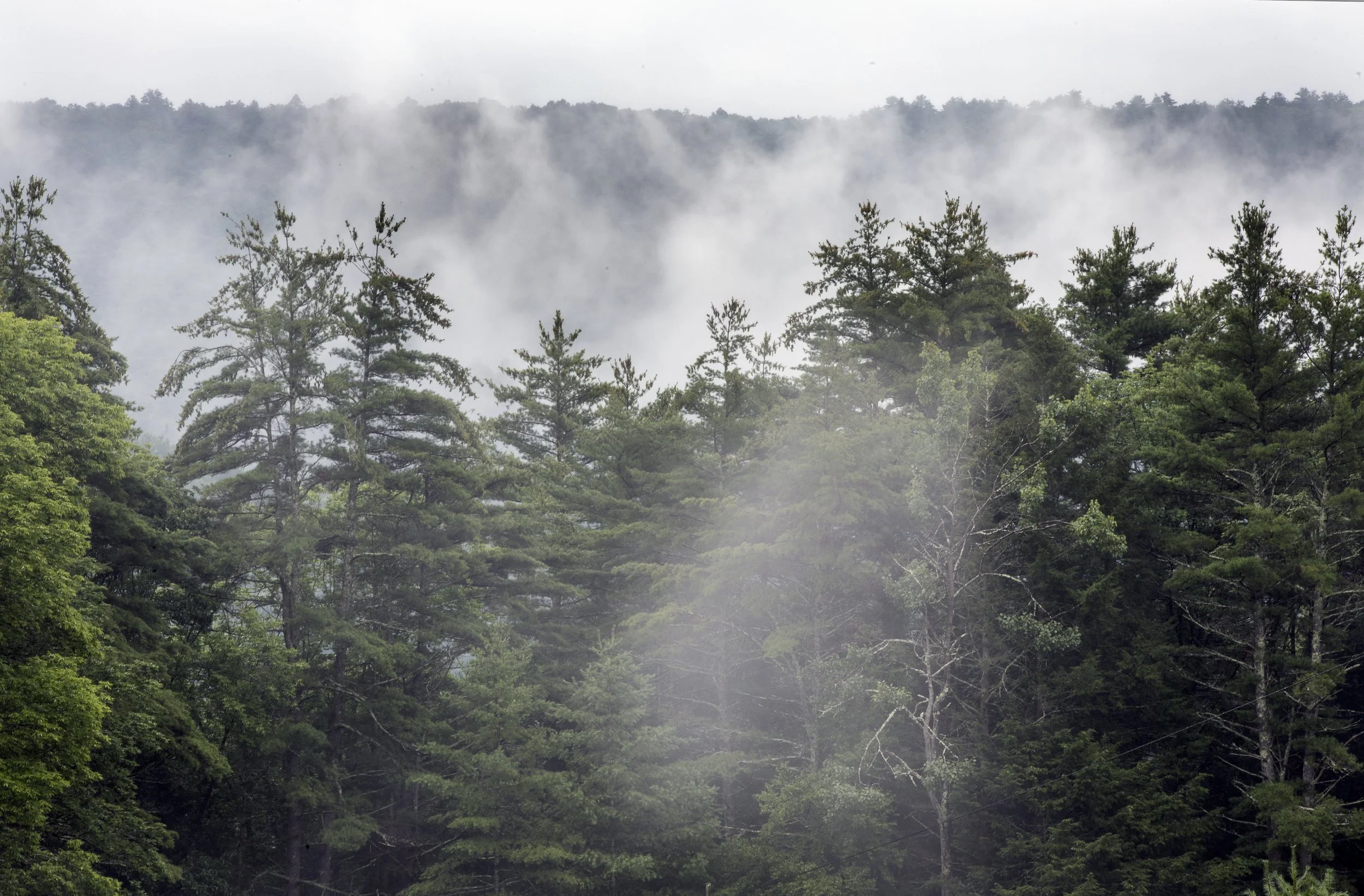
After 25 years as an emergent art complex(ity), Mildred’s Lane is now a 501(c)(3) nonprofit arts organization, Mildred’s Lane Inc.
Vision
Mildred’s Lane, Inc. is a nonprofit charitable organization on Main Street in Narrowsburg, New York, in the Upper Delaware Scenic and Recreational River Corridor. Building upon 25 years of history, we will continue to serve and grow as an impactful interdisciplinary project fostering a diverse program of lectures, exhibits, workshops, symposia, collaborative projects, and events by creative thinkers and makers working across fields of contemporary art and culture.
The engagement of Mildred’s Lane Inc. encompasses art, ecology, and education, seeking innovative ways to connect these topics with interdisciplinary projects, always in a spirit of exchange with the greater community, including the nonhuman environment.
Mildred's Lane Inc. forms a significant center for new forms of creative practice by hosting and supporting local and international cultural producers, and by organizing symposia to activate nexuses of art, science, environmental conservation, history, and critical theory. Core principles are 1) to facilitate research-based, project-based, and context-specific learning that fosters creative communities, and 2) to develop sustainable practices for art and life in this challenging century.
History
In 1902 Mildred Steffens was born in a tiny farmhouse that was a homestead dating back at least to the 1830's. She was one of nine siblings, but only she lived and farmed there for her full 86 years. Mid-century she was shacked up with a man named Vincent Miller and the site was then known as 'the old Miller farm'. The Buildings were left empty after she died, and the site came to be called Mildred's Lane in memory of her and her remarkable life. Since 1998 when Mark Dion, J. Morgan Puett, and friends discovered the land, it has hosted many experiments, artists, events, projects and other wondrous forms of conviviality.
The original farmhouse where Mildred lived is now the site of a museum becoming, The Mildred's Lane Historical Society and Museum, that holds the preservation of histories and projects of past, present as well as ongoing occurrences of Mildred's Lane. In May of 2007, we began the Mildred Archaeology Project that is an ongoing archeological research of the site's history. The original Homestead now holds the efforts of the Mildred's Lane Program, history, and archives. The Mildred House, as we refer to it, is the heart of this site, and gateway to the greater conceptual and physical environment of Mildred's Lane.
Many Artists have contributed works to The Mildred's Lane Historical Society and Museum this includes a set of hand made canoes by Bob Braine, other works by Jorge Colombo, Brian Conley, Gregory Crewdsen, Mark Dion, Moyra Davey, Sean Foley, Hope Ginsburg, Fritz Haeg, Jeffrey Jenkins, Athena Kokoronis, Julian Laverdiere, Matt Mullican, Nils Norman, Michael Oatman, J. Morgan Puett, Rebecca Purcell, William Purcell, Alexis Rockman, Jason Simon, Allison Smith, Spurse, Jeffrey Valance, Amy Yoes– just to name a few.
New projects include Mildred’s Lane collaborators developing a long-term forestry and land-use plan for the Upper Delaware River Valley Region. Outreach involves bringing together creative thinkers nationally and internationally, as well as locally, culturally benefiting people in diverse, rural, and underserved communities. Mildred’s Lane Inc.’s organizational impact will be to continue our programming to expand our diverse, interdisciplinary community and expand our civic engagement.
Philosophy
Workstyles
A site specific curriculum.
Creative work is a way of life at Mildred’s Lane, and Workstyles is the ecological curriculum by which practitioners at Mildred’s Lane weave creative labor through every aspect of living, which has evolved over 25 years of experimental practice.
There are no private studios at Mildred’s Lane; rather, the whole site becomes a collective space for creative engagement. Nor is there a permanent staff supplying a service industry for residents and guests; rather, every participant at Mildred’s Lane contributes to the domestic needs of the collective and the site, engaging in “creative domesticating” guided by the curriculum of Workstyles. The system cultivates an expanded view of artistic work, which does not relegate certain labors to the realm of tedious chores, but elevates them to creative acts in themselves.
The Workstyles curriculum is a continuity that runs through our ever-evolving, experimental program. All residency programs include an orientation to Workstyles. The goal of Workstyles is for shared experiences at Mildred’s Lane to have lifelong effects on how we think of ourselves as creative practitioners functioning in the 21st century. Workstyles invites us to question our relationships with our environment, with each other, with systems of labor, forms of dwelling, and with art.
Workstyles is motivated by a collective urge to devise sustainable ways of living for the 21st century, rooted in mutual stewardship and care. It constitutes an “ethics of comportment” that helps residents engage in more rigorous and rewarding ways with everyday life, with each other, and with the site. The Greek root of the word ecology is oikos, or house, fundamentally connecting concepts of domesticity with ecology. Workstyles invites us to re-consider how we inhabit the world through the shared home of Mildred’s Lane.
You will leave Mildred’s Lane with skills you didn’t have before, and, hopefully, with a sense of satisfaction having contributed to a community-based project. We hope you will come away sharing our conviction that Being is the practice.
Workstyles (werk-stīls)
1.) The embodiment of any practitioners' work-live-research environment as a developed, aesthetic, and rigorous engagement with every aspect of life.
2.) Interpersonal and intrapersonal everyday connections between working, making, cooking – living centered on new modes of being in the world. (see comportment) (see systems thinking) (see system esthetics, Jack Burnham.
3.) Evoking a social and political entanglement that incorporates questions such as;
a. sustainable relations to the environment
b. relationships to each other,
c. systems of labor,
d. forms of dwelling,
e. design apparatuses and,
f. creative and inventive domesticating – all of which compose ethics of comportment.
This is embodied in Mildred's Lane Projects, which encompass a working-living-researching-making strategy, co-evolving a rigorous, critical engagement with every aspect of life – being IS the practice. Origin: neologism of Mildred's Lane, Pa. c. late 20c. Gesamtkunstwerk, the total work of art, life.
Excerpts from the Glossary of Mildred’s LaneIn nature the normal way trees flourish is by their association in a forest. Each tree may lose something of its individual perfection of growth, but they mutually assist each other in preserving the conditions for survival.
Alfred North Whitehead, ‘Concepts of Nature’Existence in not an individual affair
Karen Barad, ‘Meeting the Universe Halfway’

